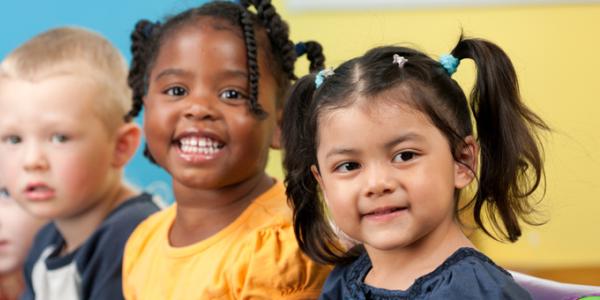Supporting High-Quality EarlyEd for Dual Language Learners

“For young children, the language of the home is the language they have used since birth, the language they use to make and establish meaningful communicative relationships, and the language they use to begin to construct their knowledge and test their learning...Each child’s way of learning a new language should be viewed as acceptable, logical, and part of the ongoing development and learning of any new language.”
--NAEYC Position Statement on Linguistic and Cultural Diversity, 1995
The National Association for the Education of Young Children (NAEYC) celebrates and supports the joint policy statement and recommendations, released by the U.S. Department of Health and Human Services (HHS) and the U.S. Department of Education (ED), on supporting the development of children who are dual language learners in early childhood programs. From the cognitive benefits it promotes to the future professional advantages it confers, the scientific consensus confirms that bilingualism is a strength and an asset. Yet our early childhood education systems, policies and practices - from professional preparation to career pathways to child assessment - are not structured to support dual language learners, nor are they adapting quickly enough to respond to the long-anticipated demographic shifts that herald a generation in which over one of every four children under age 6 live in a home where a parent speaks a language other than English.
As we collectively move to define and advance the early childhood profession, NAEYC is animated by our core values and beliefs, and we are committed to achieving a vision in which early childhood professionals are diverse, effective educators and leaders working within a compensation and recognition system that supports their excellence. We commend the Department of Health and Human Services and the Department of Education for elevating the focus on dual language learners’ access to high-quality early childhood education that supports their specific needs and strengths starting from birth. We look forward to working with educators, families, policymakers and partners to invest in and transform our early childhood settings and systems so that they reflect the science, respond to the research and deliver on the promise of early learning for all children.